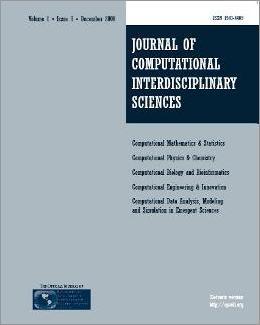
Editorial Office:
Management:
R. S. Oyarzabal
Technical Support:
D. H. Diaz
M. A. Gomez
W. Abrahão
G. Oliveira
Publisher by Knobook Pub


Editorial Office:
Management:
R. S. Oyarzabal
Technical Support:
D. H. Diaz
M. A. Gomez
W. Abrahão
G. Oliveira
Publisher by Knobook Pub
doi: 10.6062/jcis.2019.10.02.0160
(Free PDF)G. R. Duarte, P. Capriles, A. Lemonge and L. Goliatt
The climatic conditions within the residential buildings in warm climates can be modified with the use of air conditioners equipments. However, constant use of these equipments may result in high energy consumption. To reduce the use of such equipments and maintain the desired internal temperature is possible to design energy-efficient buildings. To measure the energy efficiency of a building is necessary to estimate its heating and cooling loads, considering some of its physical characteristics defined in the design. Machine Learning Methods can be applied to this problem estimating an answer from a set of inputs. These methods require a training phase, called supervised training, which considers a database drawn from selected variables in the problem domain. This work evaluates the performance of four Machine Learning Methods in the prediction of cooling and heating loads of residential buildings. The training database consists of eight input variables and two output variables, derived from building designs. Methods were selected according to an exhaustive search and adjusted by a strategy with cross-validation. To the evaluate were used four performance metrics. This strategy resulted in algorithms with optimized parameters and allowed to obtain competitive results with the literature.
Energy efficiency, heating and cooling loads, machine learning.